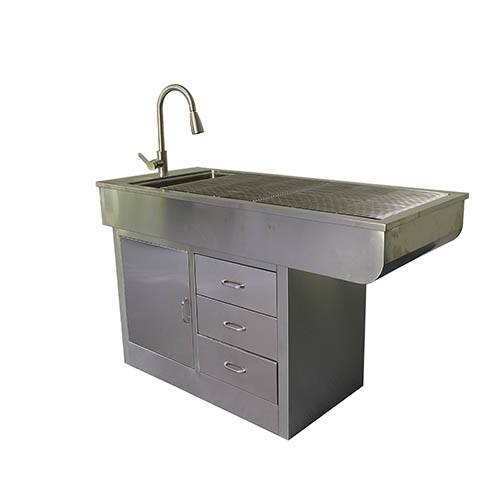Endereço
304 North Cardinal St.
Dorchester Center, MA 02124
Horas de trabalho
Segunda a sexta: 7h00 - 19h00
Fim de semana: 10h - 17h
Endereço
304 North Cardinal St.
Dorchester Center, MA 02124
Horas de trabalho
Segunda a sexta: 7h00 - 19h00
Fim de semana: 10h - 17h

Veterinary ultrasound machines are indispensable tools in modern veterinary practices, enabling non-invasive imaging for diagnosing and monitoring animals' health. Choosing the right ultrasound machine involves considering various factors to ensure optimal performance and diagnostic accuracy.

Veterinary ultrasound machines are indispensable tools in modern veterinary practices, enabling non-invasive imaging for diagnosing and monitoring animals’ health. Choosing the right ultrasound machine involves considering various factors to ensure optimal performance and diagnostic accuracy. This comprehensive guide will walk you through key considerations and tips for selecting the best veterinary ultrasound machine for your clinic.
Veterinary ultrasound machines utilize high-frequency sound waves to create real-time images of internal structures and organs in animals. They are essential for diagnosing pregnancy, assessing soft tissue injuries, and detecting abnormalities in organs such as the heart and liver.
The quality of ultrasound images is crucial for accurate diagnosis. Look for machines with high-definition imaging capabilities and adjustable resolution settings.
Consider the portability of the machine, especially if you require mobility between different locations within your practice. Compact models are ideal for small clinics, while portable units facilitate field work.
Evaluate the variety of transducers available to accommodate different animal sizes and types. Ensure the machine offers transducers suitable for both small companion animals and large livestock.









An intuitive user interface with easy-to-navigate menus and controls is essential for efficient operation. Consider machines with touchscreen displays, customizable presets, and ergonomic design features.
Look for advanced features such as Doppler imaging for assessing blood flow, DICOM compatibility for seamless integration with other medical systems, and built-in printers for immediate image documentation.
| Vantagem | Descrição |
|---|---|
| Accurate Diagnosis | Provides detailed images for precise diagnosis of soft tissue and organ conditions. |
| Non-invasive | Allows for examination without surgery, reducing stress and risk for animals. |
| Versatilidade | Suitable for various animal sizes and types with adjustable settings and transducers. |
| Real-time Imaging | Offers immediate visualization of internal structures during procedures. |
| Monitoring and Guidance | Helps monitor pregnancies and guides procedures such as biopsies and injections. |
| Portable Options | Portable models facilitate use in different settings within the clinic or in the field. |
| Enhanced Imaging Features | Includes Doppler imaging for assessing blood flow and advanced image enhancement. |
| User-friendly Interfaces | Intuitive interfaces with touchscreen controls and customizable presets. |
| Integration Capabilities | Compatible with DICOM for seamless integration with other medical systems. |
| Durable and Reliable | Designed for durability with robust construction and reliable performance. |
Choosing the best veterinary ultrasound machine requires careful consideration of imaging quality, portability, transducer options, ease of use, and additional features. By evaluating these factors and comparing top models, you can select a machine that meets the specific diagnostic needs and operational requirements of your veterinary practice.
Most veterinary ultrasound machines have a lifespan of 5 to 10 years with regular maintenance and servicing.
Routine servicing is recommended annually to ensure optimal performance and longevity. Critical components such as transducers and imaging systems should be inspected regularly.
Yes, veterinary ultrasound machines can be used for a wide range of animal sizes and types with appropriate transducers and settings. From small companion animals to large livestock, ultrasound technology is adaptable for various veterinary applications.
Authorized dealerships, veterinary supply companies, and reputable online platforms offer a range of veterinary ultrasound machines. It’s essential to purchase from trusted sources that provide warranties and support services.
Look for warranties that cover parts and labor for at least 1 to 3 years, with options for extended warranties available. Ensure the warranty includes comprehensive coverage for critical components and offers timely customer support.